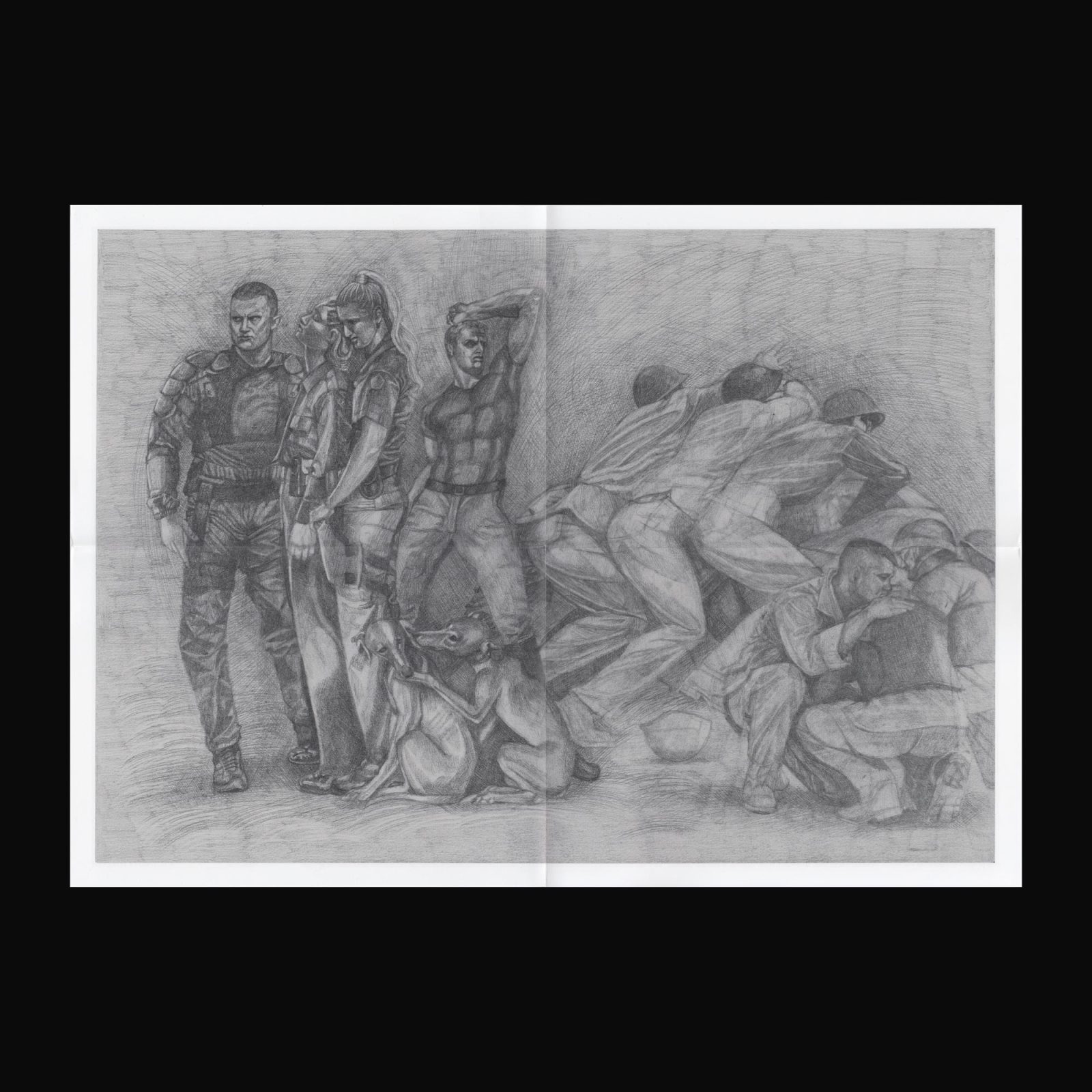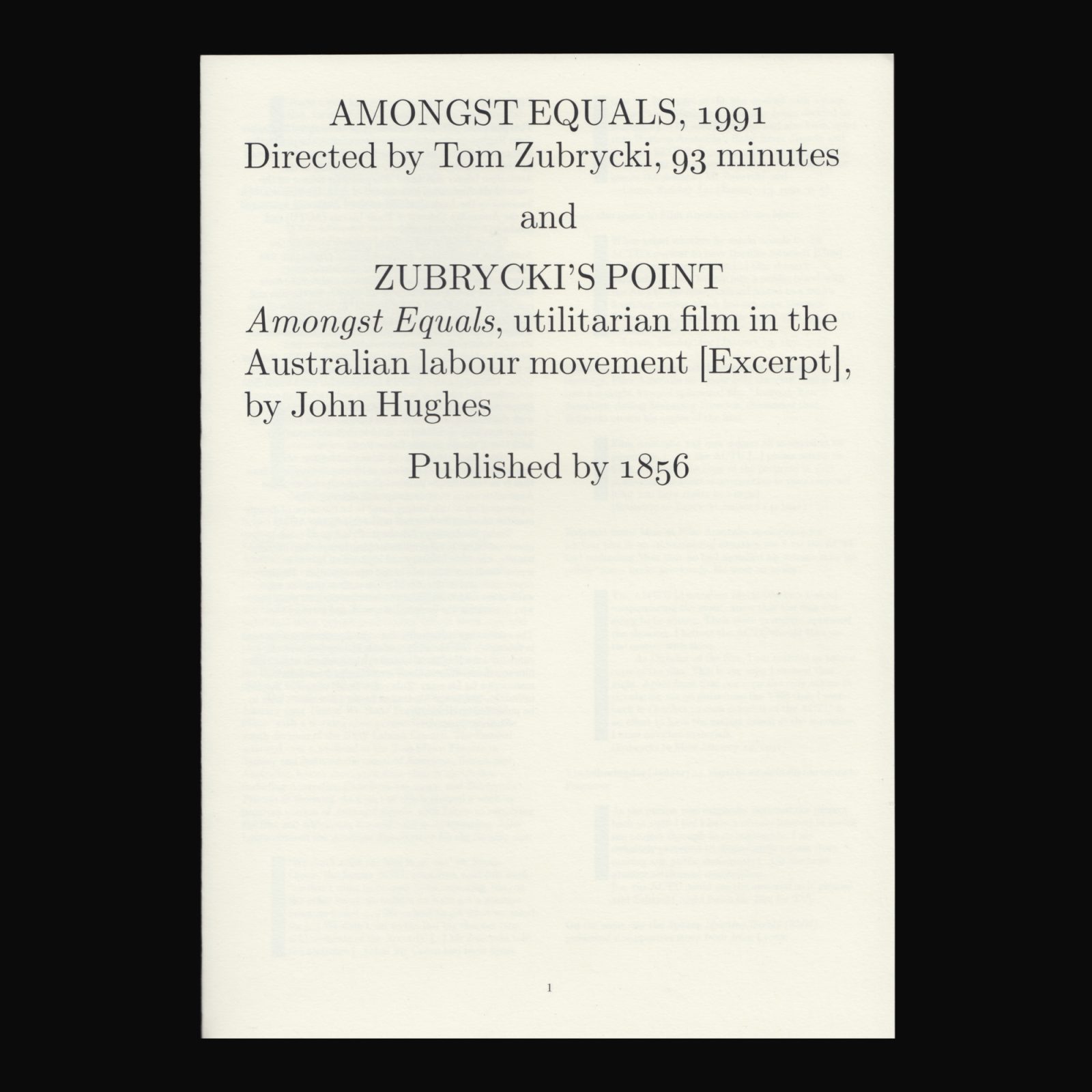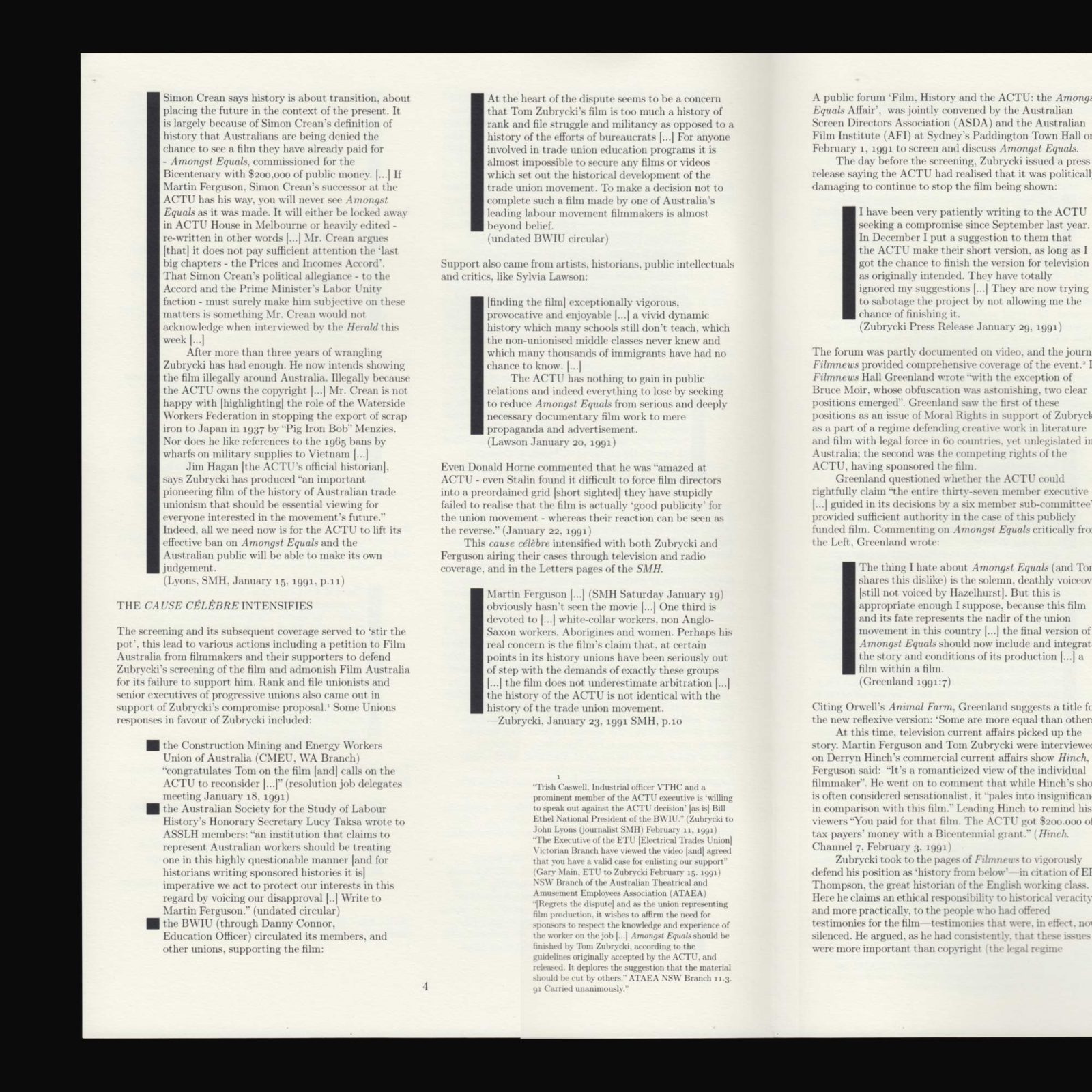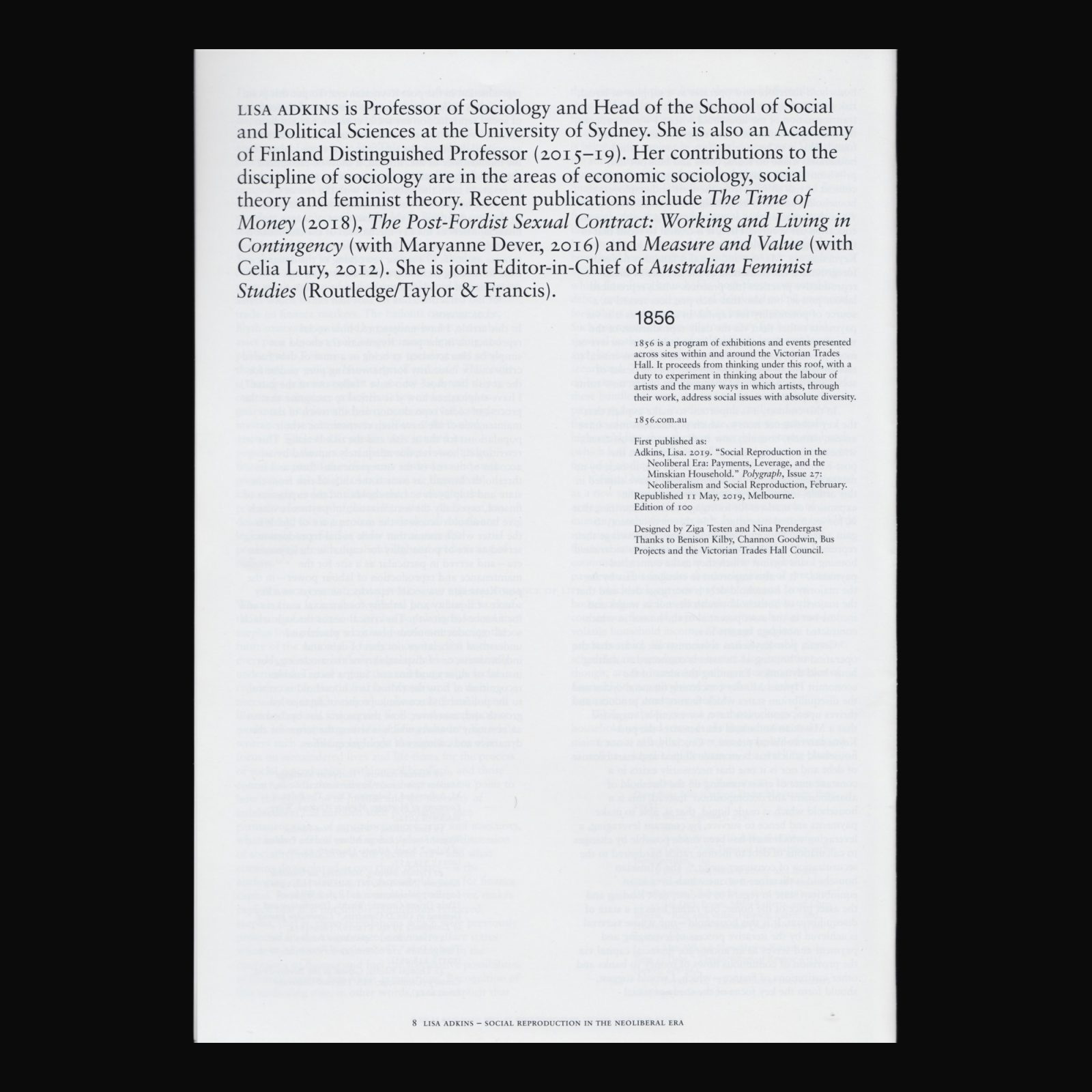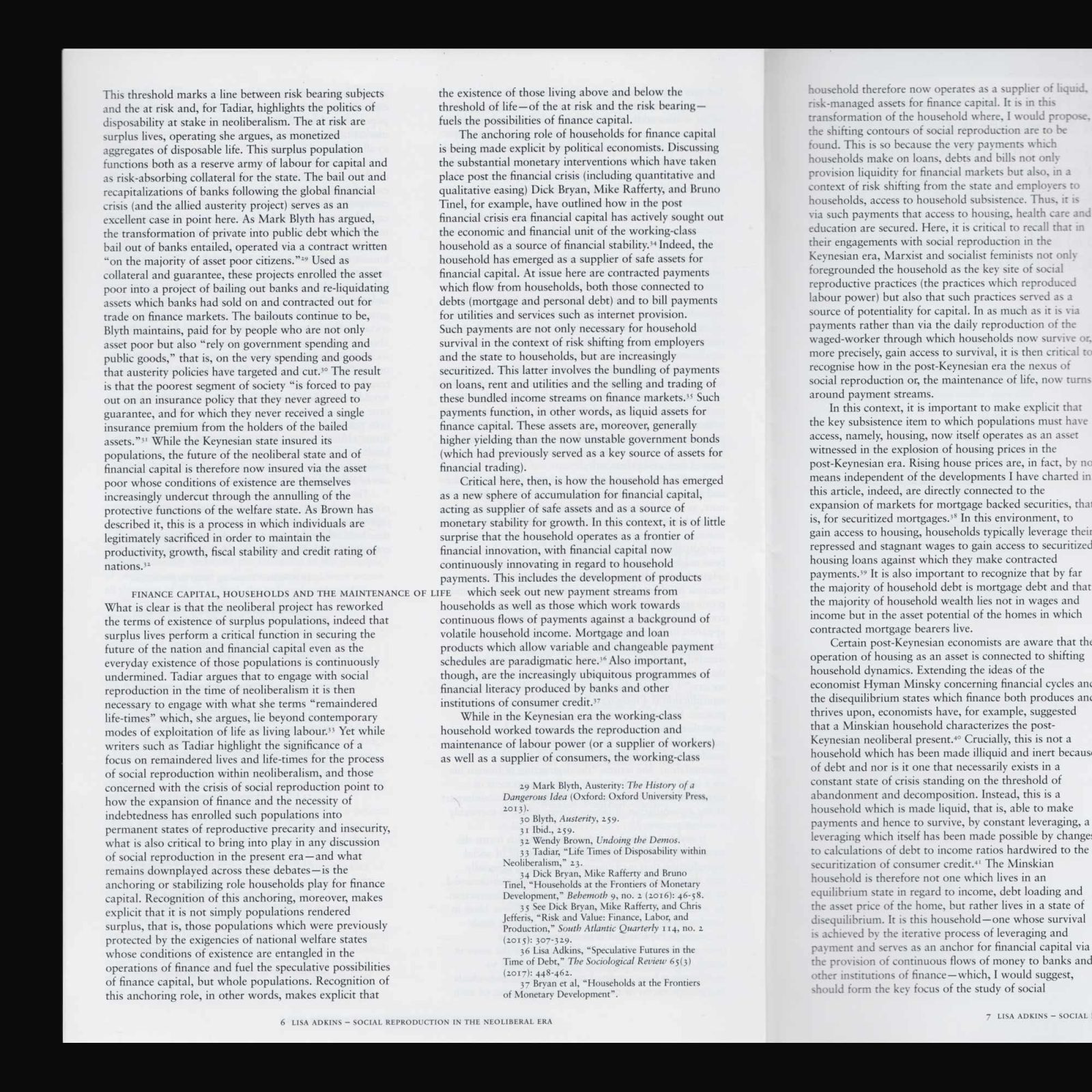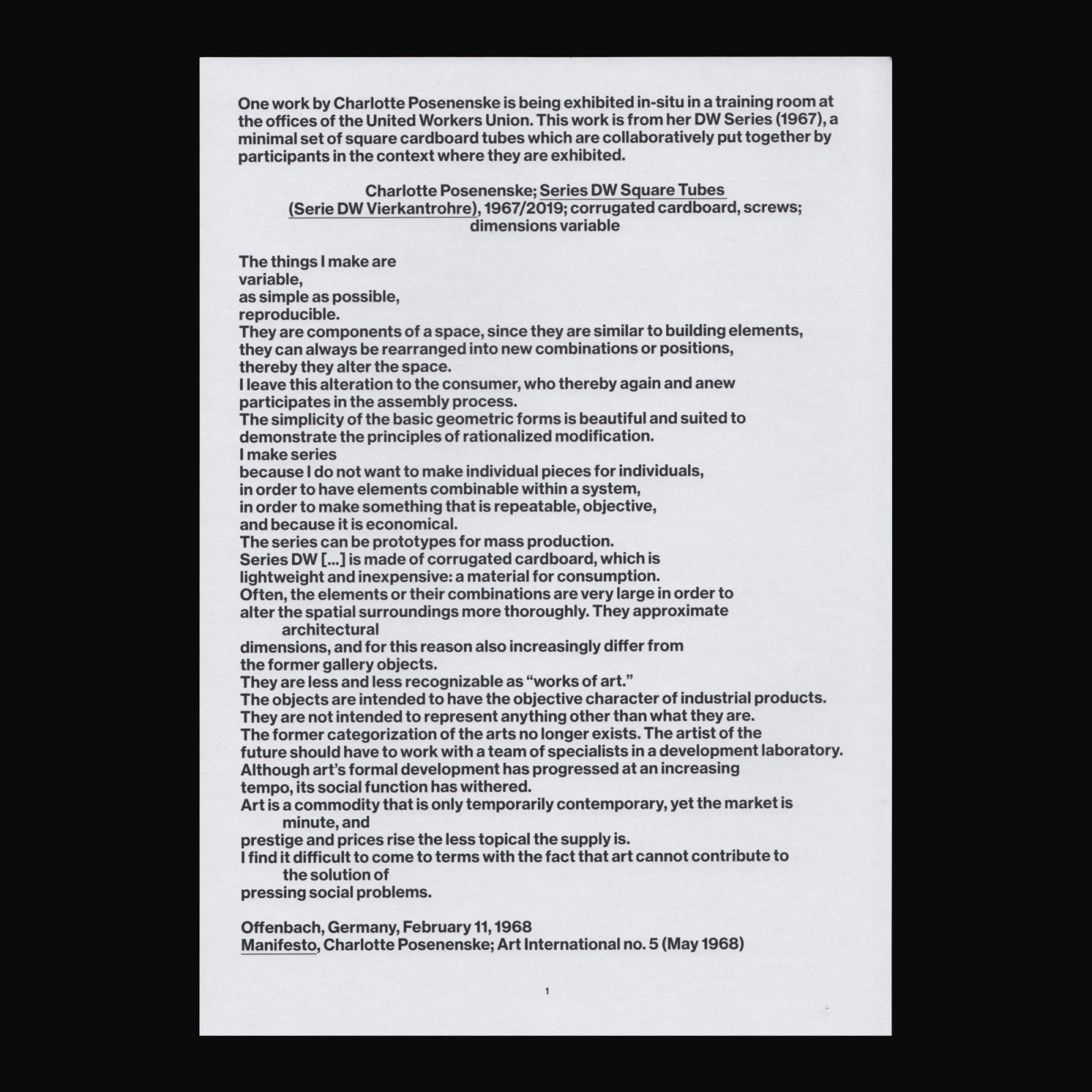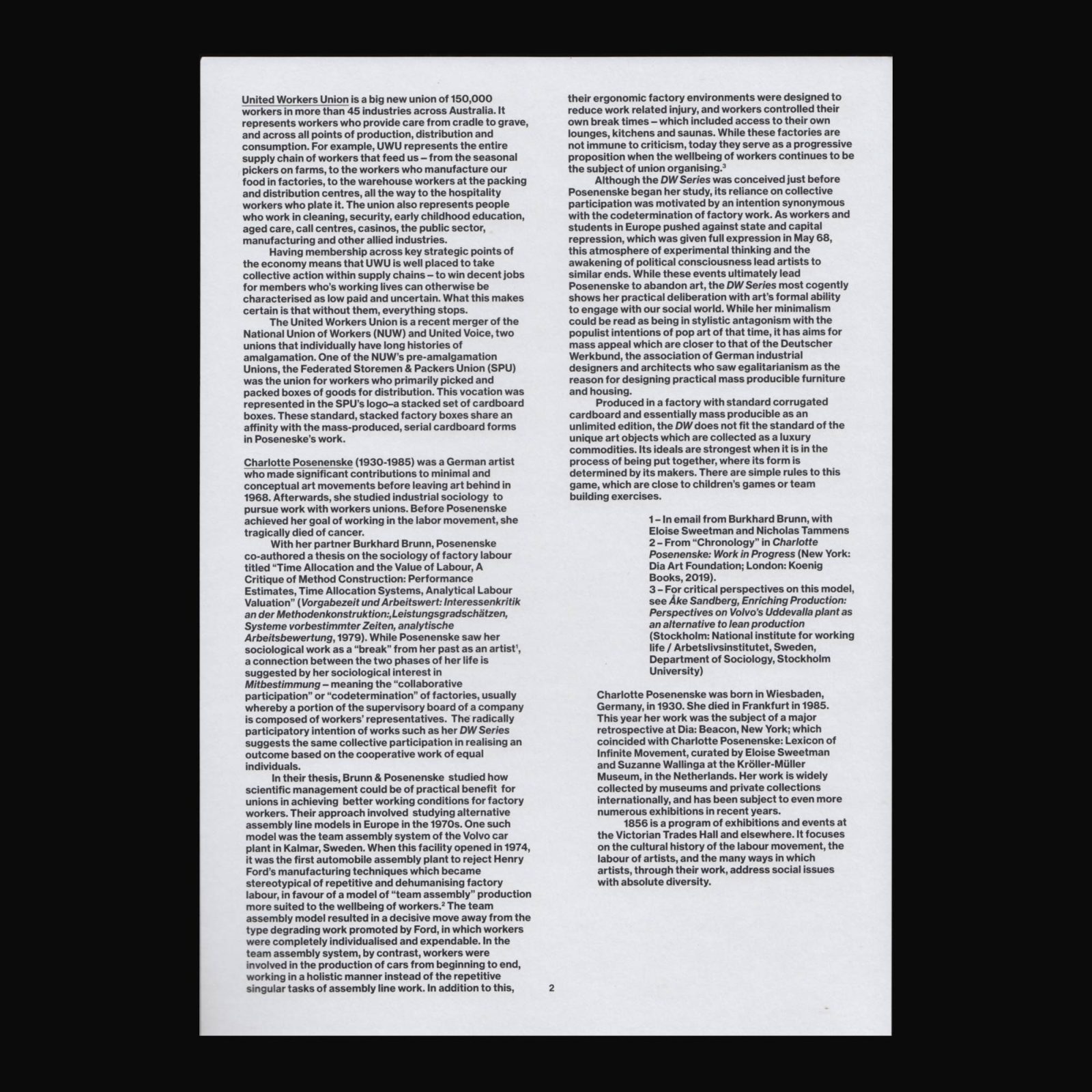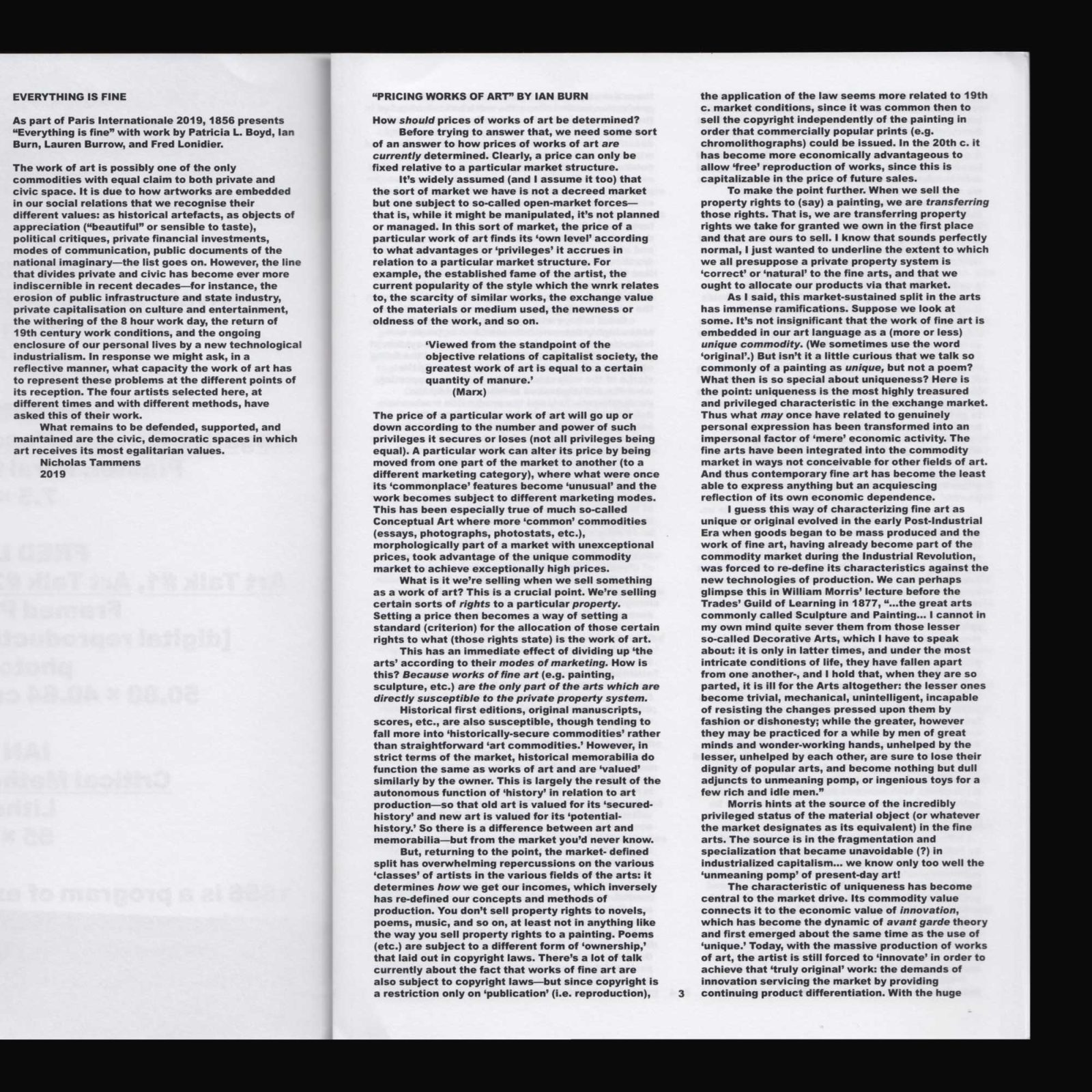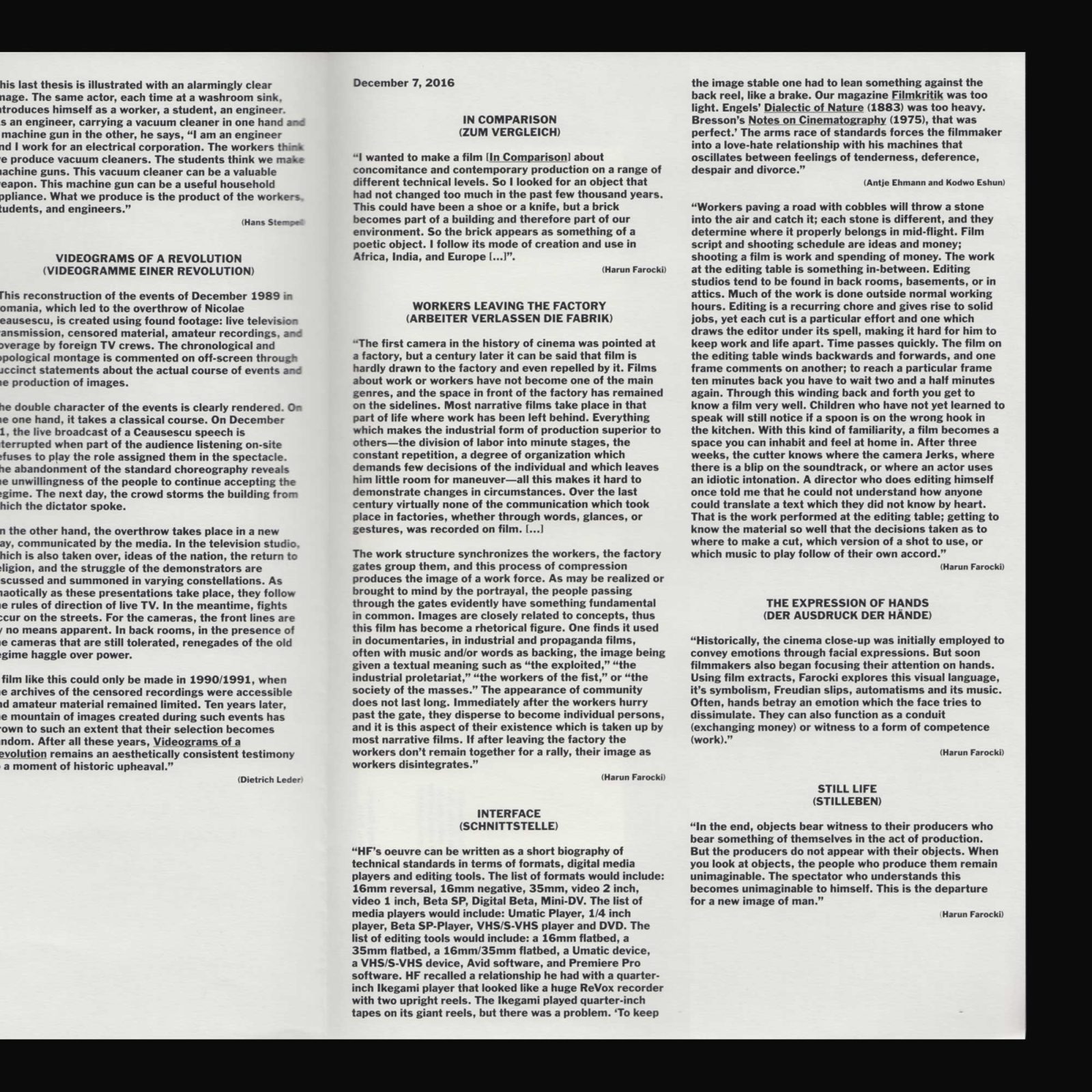They will flee like chaff scattered by the wind or like dust whirling before a storm was produced as a commission by British artists Hannah Quinlan & Rosie Hastings for 1856, with proceeds going towards future programming.
This edition of two prints brings together the Michelangelo sketch, Archers Shooting at a Herm, with a scene of modern revolt against a hostile white police force, depicting the tense relationship between states of power and the LGBTQ+ community. Quinlan & Hastings’ diptych represents an unruly clash of registers such as the disciplining power of the state, here depicted in a moment of crisis, and the rebellious energy of the people who protest and occupy public spaces.
A special edition signed and numbered by the artists can be purchased directly from 1856, details can be found here.


